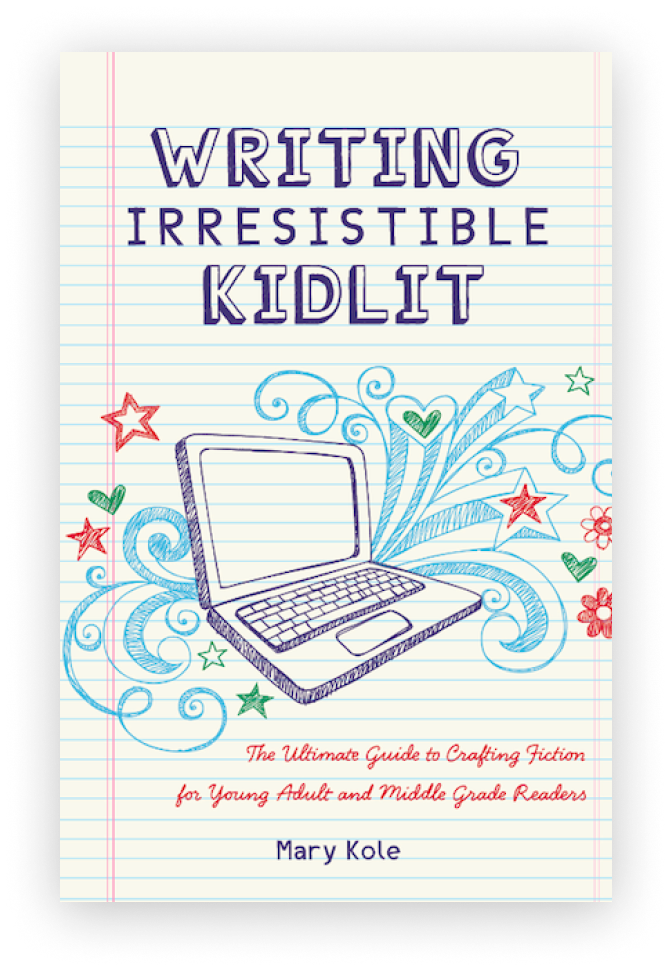Fiction Writing Dialogue Formatting
By Mary Kole
Mary Kole is a former literary agent, freelance editor, writing teacher, author of Writing Irresistible Kidlit, and IP developer for major publishers, with over a decade in the publishing industry.
Writing fiction dialogue can be daunting, but even more confusing than dialogue content is dialogue formatting. There are so many rules about punctuation and quotation marks, it’s easy to get overwhelmed. In this article, I’ll go over the basics of dialogue formatting for US English (UK and Commonwealth writers might want to study this if you’re aiming for publication in the US market), with dialogue formatting examples and best practices. Let’s dig in.
Dialogue Formatting: The Basics
The most basic rule of dialogue formatting is that you should use quotation marks around the words and phrases that are intended to be spoken. This applies whether the character is speaking in a single sentence or multiple sentences. For example:
“I can't believe I just said that out loud,” said Sarah, her cheeks turning pink.
This rule also applies to unanswered questions, interrupted dialogue, and trailing off in dialogue. For example:
“What do you—” She stopped short, realizing she had been about to say too much.
“But I don't … I just don’t know …” He ran his hands through his hair in frustration.
Dialogue Formatting: Punctuation Rules
There are several punctuation guidelines to keep in mind for dialogue formatting. First, punctuation marks should be placed inside the quotation marks (except if you are using a British style guide). For example:
“Do you understand?” he asked. “I need help!”
“I get it,” Tracy said. “And I’m trying to help you.”
“Just let us know what you need.” Sarah smiled.
It might look strange to do a lowercase “he asked” speech tag after a question mark, but in terms of dialogue formatting, this very odd use case is correct.
Dialogue Formatting: Dialogue and Action
When it comes to interrupting dialogue with action tags (sometimes called narrative tags, which indicate who is speaking but without a speech tag), there are a few best practices. Most action tags in dialogue formatting come after the dialogue itself, but sometimes you can do a lead-in (with an action tag or a speech tag). You can also interrupt a sentence of dialogue for an action tag, but don’t make a habit of it. For example:
“I don't want to be here anymore," she said, looking around nervously. "I thought I wanted answers, but now I don’t know." She shifted uncomfortably in her chair.
“Look”—John held up his hands—”we’re not bad people. I think there’s just been a misunderstanding.
Sarah bit her lip, then asked, “But why would you lock the door, then?”
There’s a wide world of dialogue formatting rules and considerations, but this primer covers most of the things you might encounter when writing fiction. Most places have their own style guides that they follow, so a copy editor at a literary magazine or publishing house should be the final authority. In the meantime, learn dialogue formatting once, and you don’t ever have to second-guess yourself again.

Click here to purchase Writing Irresistible Kidlit, my book on fiction craft for MG and YA novels, out from Writer's Digest Books. This will show you my writing craft philosophy and give you lots of valuable advice, including tips for the novel revision process and self-editing. There are over 35 example novels cited and discussed throughout. It’s a valuable resource for any writer’s toolkit.
Click here to purchase Irresistible Query Letters, my book on query letters, including over forty examples with comprehensive notes on each one. There’s a ton of submission advice, best practices, and insider information in these pages, and you’ll really enjoy seeing what other writers are doing in the slush.
Click here to purchase Writing Interiority: Crafting Irresistible Characters, my book on interiority and character creation. Explore your protagonist’s thoughts, feelings, reactions and interpretations, expectations, and inner struggles to create a rich, immersive experience. This guide will empower you to create characters who live and breathe on the page, fostering an unbreakable bond with your audience.





